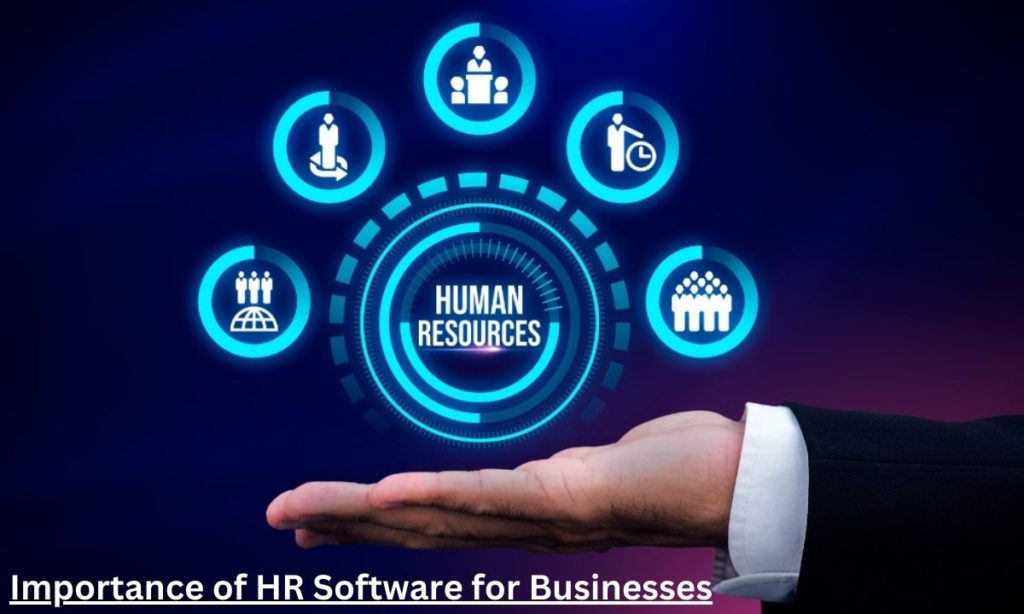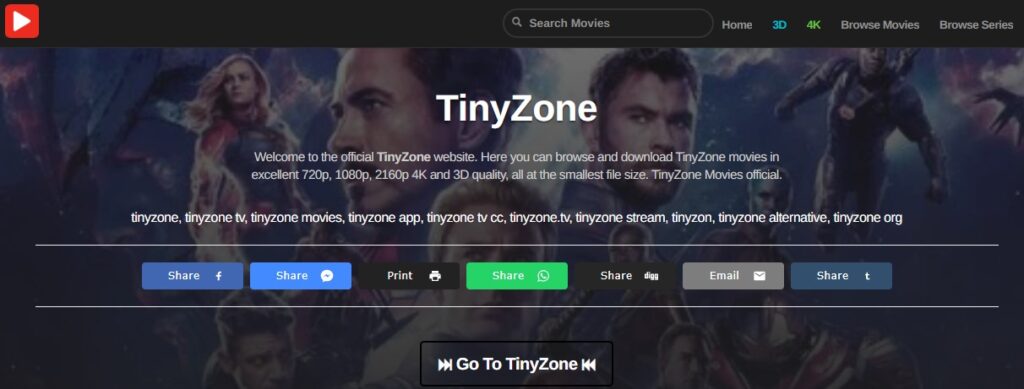
In today’s fast-paced business environment, talent is one of the most valuable assets an organization possesses. As companies face increasing pressure to compete, innovate, and adapt to market changes, the importance of workforce development and talent retention has never been higher. Human resources (HR) systems, once primarily seen as tools for administrative tasks, are now playing a critical role in shaping the future of workforce development and improving employee retention strategies.
By streamlining processes, providing actionable insights, and enabling personalized experiences, HR systems are transforming how businesses recruit, develop, and retain talent. This article explores how HR systems are revolutionizing workforce development, fostering employee growth, and enhancing retention in the modern workplace.
What Are HR Systems and How Do They Benefit Workforce Development?
HR systems, also known as Human Resource Information Systems (HRIS) or Human Resource Management Systems (HRMS), are integrated software platforms that automate and optimize HR functions such as payroll, performance management, recruitment, training, and employee benefits. These systems collect and analyze vast amounts of employee data, making it easier for HR teams to manage the workforce and make strategic decisions.
As the business world shifts toward more agile, employee-centric models, HR systems have become more sophisticated and integrated with other business functions. Today, HR systems serve as vital tools for driving talent development and employee retention, ensuring that organizations are not only hiring the right people but also nurturing their growth and maintaining long-term commitment to the company.
The Role of HR Systems in Workforce Development
Workforce development encompasses the strategies and processes that organizations use to improve the skills, knowledge, and capabilities of their employees. HR systems have become integral to this process by providing the tools and data necessary to create personalized development plans, monitor employee progress, and ensure that training and development initiatives align with business objectives.
1. Personalized Learning and Development (L&D)
One of the most significant ways HR systems enhance workforce development is through personalized learning and development. Every employee has unique learning preferences, career goals, and areas for growth. HR systems can use data and analytics to create tailored learning paths, recommend relevant courses, and track progress over time.
- Learning Management Systems (LMS): Many HR systems include integrated LMS platforms that provide access to a library of online training resources, certification programs, and development courses. These systems can assess employee performance, recommend specific learning opportunities based on skills gaps, and ensure continuous learning and development.
- Employee Career Pathing: HR systems can also help employees map out clear career paths by tracking skills development, identifying potential promotion opportunities, and aligning individual aspirations with business needs. This ensures employees know how to advance within the organization and can see a clear connection between their development and their long-term career goals.
By making learning more accessible and personalized, HR systems foster a culture of continuous improvement and support employees in achieving their professional goals.
2. Performance Management and Feedback
Traditional performance reviews, often limited to annual feedback sessions, are becoming outdated in today’s fast-paced work environment. HR systems are revolutionizing performance management by enabling real-time feedback, continuous assessments, and data-driven insights that help employees grow and excel in their roles.
- Ongoing Feedback: With HR systems, managers can provide ongoing, real-time feedback to employees, helping them make improvements and recognize accomplishments as they happen. Regular feedback allows employees to feel more engaged and supported in their roles.
- 360-Degree Reviews: Many HR systems now include features for 360-degree feedback, where employees receive feedback from peers, managers, and direct reports. This holistic approach provides more accurate insights into an employee’s strengths and areas for development.
- Goal Setting and Tracking: HR systems enable employees and managers to set clear goals, align them with organizational objectives, and track progress over time. This continuous goal-setting framework helps employees stay focused, motivated, and aligned with company priorities.
By providing constant feedback and performance tracking, HR systems help organizations identify high performers, address skill gaps, and ensure that employees have the support they need to develop professionally.
3. Succession Planning and Talent Mapping
Effective workforce development also requires succession planning—the process of identifying and preparing high-potential employees to take on leadership roles within the organization. HR systems play a pivotal role in identifying these future leaders and ensuring that there are strategies in place to develop and retain them.
- Talent Mapping: HR systems can analyze employee data to identify individuals with high potential for leadership positions. By mapping out the skills, experience, and performance history of employees, organizations can better plan for the future and avoid talent shortages in key areas.
- Internal Mobility: HR systems also support internal mobility initiatives, making it easier for employees to move into new roles or departments within the company. By facilitating cross-functional movement, businesses can retain top talent by providing employees with new challenges and career growth opportunities without losing them to external opportunities.
Succession planning through HR payroll system ensures that organizations are continuously developing talent internally, preparing for leadership transitions, and reducing the risks of high turnover in critical roles.
The Role of HR Systems in Enhancing Employee Retention
Employee retention is a top priority for organizations, especially in industries with high turnover rates. It costs significantly more to recruit, onboard, and train new employees than it does to retain existing talent. HR systems contribute to employee retention by providing the tools needed to create an engaging, supportive, and rewarding workplace.
1. Employee Engagement and Recognition
Employee engagement is strongly correlated with retention. Engaged employees are more likely to stay with their employer, be productive, and advocate for the company. HR systems support employee engagement through features that enhance communication, recognition, and collaboration.
- Recognition Programs: Many HR systems include built-in recognition tools that allow employees to acknowledge each other’s contributions. Whether through formal reward programs or informal peer-to-peer recognition, these systems help reinforce a culture of appreciation.
- Engagement Surveys and Pulse Checks: HR systems can be used to gather feedback through regular engagement surveys or pulse checks. By analyzing employee sentiment and addressing concerns proactively, organizations can improve employee satisfaction and reduce the risk of burnout or turnover.
- Employee Well-Being: Employee well-being is integral to engagement and retention. HR systems can provide access to wellness programs, mental health resources, and flexible work arrangements, ensuring that employees feel supported both professionally and personally.
By fostering engagement and recognition, HR systems help create a positive work environment where employees feel valued, motivated, and connected to the organization’s mission.
2. Compensation and Benefits Management
HR systems also play a crucial role in managing compensation and benefits, two key factors that influence employee satisfaction and retention. By offering competitive pay and attractive benefits packages, organizations can retain their top talent and reduce the likelihood of employees leaving for better opportunities.
- Salary Benchmarking: HR systems can include tools for salary benchmarking, helping organizations ensure they are offering competitive compensation packages based on market trends and industry standards.
- Benefits Customization: Modern HR systems allow employees to personalize their benefits packages, selecting options that best meet their needs—whether that’s health insurance, retirement savings, paid time off, or flexible work options. Personalizing benefits makes employees feel valued and more likely to stay with the company long-term.
By leveraging HR systems to manage compensation and benefits effectively, organizations can ensure they are meeting employees’ financial and personal needs, increasing their likelihood of staying with the company.
The Future of HR Systems in Workforce Development and Retention
As technology continues to advance, HR systems will evolve to provide even more sophisticated tools for workforce development and retention. The future of HR systems will likely include:
- AI-Driven Talent Development: Artificial intelligence (AI) will continue to revolutionize workforce development by offering personalized learning recommendations, predicting career paths, and helping managers identify high-potential employees based on data-driven insights.
- Integration with Employee Experience Platforms: HR systems will increasingly integrate with employee experience platforms that support work-life balance, health and wellness, and employee engagement. These platforms will provide a holistic view of the employee lifecycle and contribute to better retention and overall satisfaction.
- Predictive Analytics for Retention: Predictive analytics will enable HR systems to proactively identify employees at risk of leaving the organization and implement retention strategies before turnover occurs. By analyzing factors such as performance, engagement, and job satisfaction, HR teams can take action to prevent high attrition rates.
Conclusion
HR systems are no longer just administrative tools—they are integral to the development and retention of talent. By streamlining training, performance management, succession planning, and employee engagement, HR systems empower organizations to build a workforce that is skilled, motivated, and committed to the company’s success. As businesses continue to evolve and adapt to new challenges, HR systems will remain essential for fostering a culture of continuous learning and ensuring long-term talent retention.
In today’s competitive talent market, investing in an effective HR system is not just a choice—it’s a strategic move that can give organizations a significant edge in developing and retaining top talent for the future.




